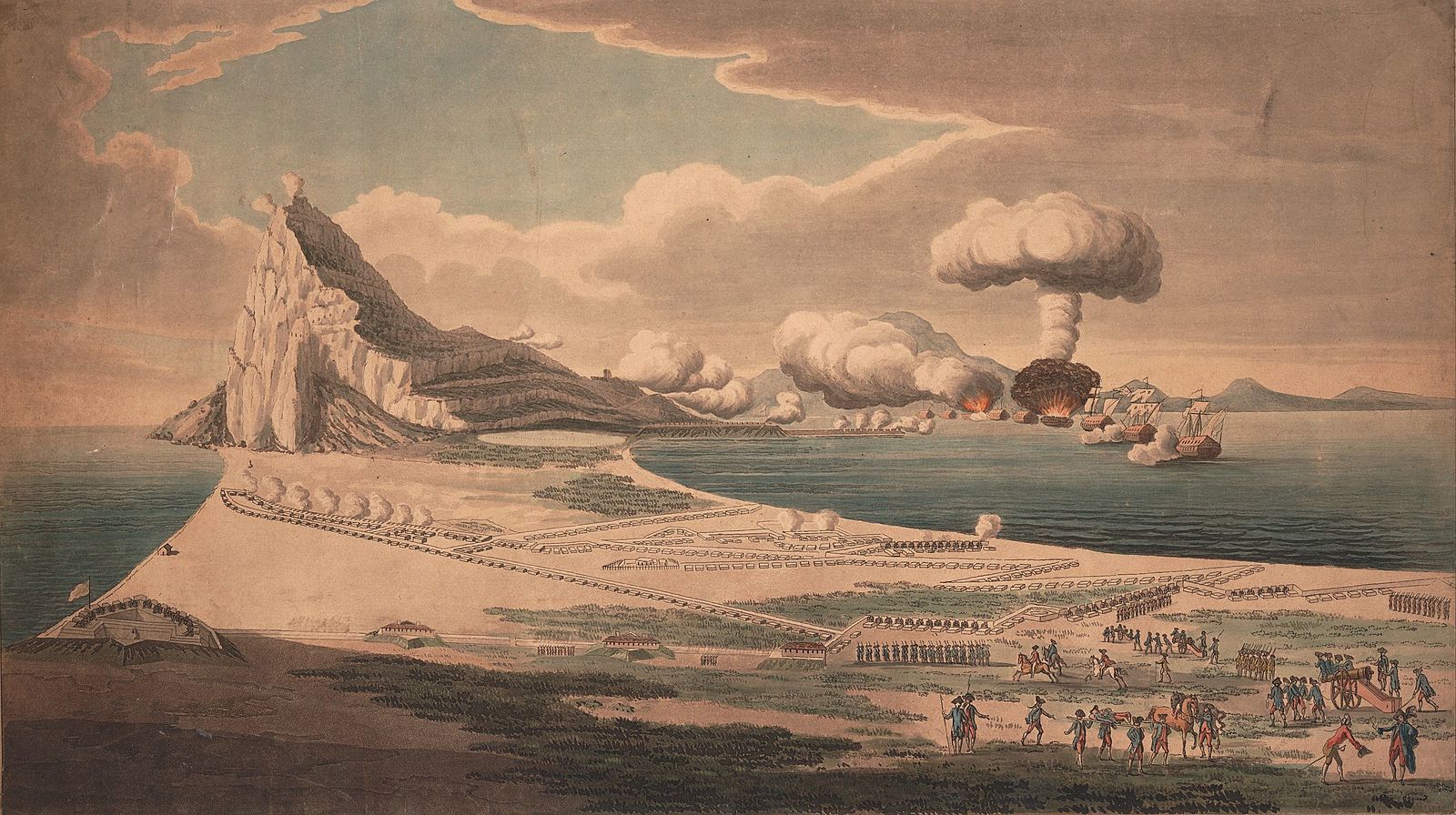Stefan Leahu
Member
https://www.bbc.com/news/world-europe-49239060
A few big explosions at a russian arms depot in Siberia, near Achinsk. Presumably not started by the forest fires, according to russian sources. One video of it is already doing the rounds on the net as being the video from the nuclear accident a few days later, being portrayed as a nuclear explosion. Since that nuclear accident might have its own thread, the tl;dr is that russia has been testing some sort of nuclear-powered ramjet for a while ,and at least this one failed, killing several scientists and triggering a radiation spike of 200 mSv in nearby Severodvinsk. https://www.bbc.com/news/world-europe-49319160 .
Now, for the alleged nuke video :
Source: https://www.youtube.com/watch?v=CCSF9fn-qBI
And several other angles :
Source: https://www.youtube.com/watch?v=KXJGwmzRSiU
Source: https://www.youtube.com/watch?v=-m0fDeQl94c
It's easy to see why the conspiracists will have a field day with this. Even for me it's hard to dismiss it completely, with the initial flash of light and the distinct appearance of the mushroom cloud , suggesting the main cause was a single big detonation, despite the other stuff getting flung outwards. The video was taken from around 4 km away, so if it was a nuke, it was a really small one (perhaps a fizzle?). But then again, Russia is actively developing small nukes , so....
The shockwave...I must admit, I've seen youtube videos of big blasts, and none seemed to have this big a shockwave. But then again, judging by the low clouds, it was a pretty humid day, thus making pressure changes easier to observe.
Since there's no video so far of the nuclear mishap near Severodvinsk, I wouldn't exclude the conspiracists saying that it was simply a cover up for the fallout from the Achinsk explosion.
A few big explosions at a russian arms depot in Siberia, near Achinsk. Presumably not started by the forest fires, according to russian sources. One video of it is already doing the rounds on the net as being the video from the nuclear accident a few days later, being portrayed as a nuclear explosion. Since that nuclear accident might have its own thread, the tl;dr is that russia has been testing some sort of nuclear-powered ramjet for a while ,and at least this one failed, killing several scientists and triggering a radiation spike of 200 mSv in nearby Severodvinsk. https://www.bbc.com/news/world-europe-49319160 .
Now, for the alleged nuke video :
Source: https://www.youtube.com/watch?v=CCSF9fn-qBI
And several other angles :
Source: https://www.youtube.com/watch?v=KXJGwmzRSiU
Source: https://www.youtube.com/watch?v=-m0fDeQl94c
It's easy to see why the conspiracists will have a field day with this. Even for me it's hard to dismiss it completely, with the initial flash of light and the distinct appearance of the mushroom cloud , suggesting the main cause was a single big detonation, despite the other stuff getting flung outwards. The video was taken from around 4 km away, so if it was a nuke, it was a really small one (perhaps a fizzle?). But then again, Russia is actively developing small nukes , so....
The shockwave...I must admit, I've seen youtube videos of big blasts, and none seemed to have this big a shockwave. But then again, judging by the low clouds, it was a pretty humid day, thus making pressure changes easier to observe.
Since there's no video so far of the nuclear mishap near Severodvinsk, I wouldn't exclude the conspiracists saying that it was simply a cover up for the fallout from the Achinsk explosion.
Last edited:

